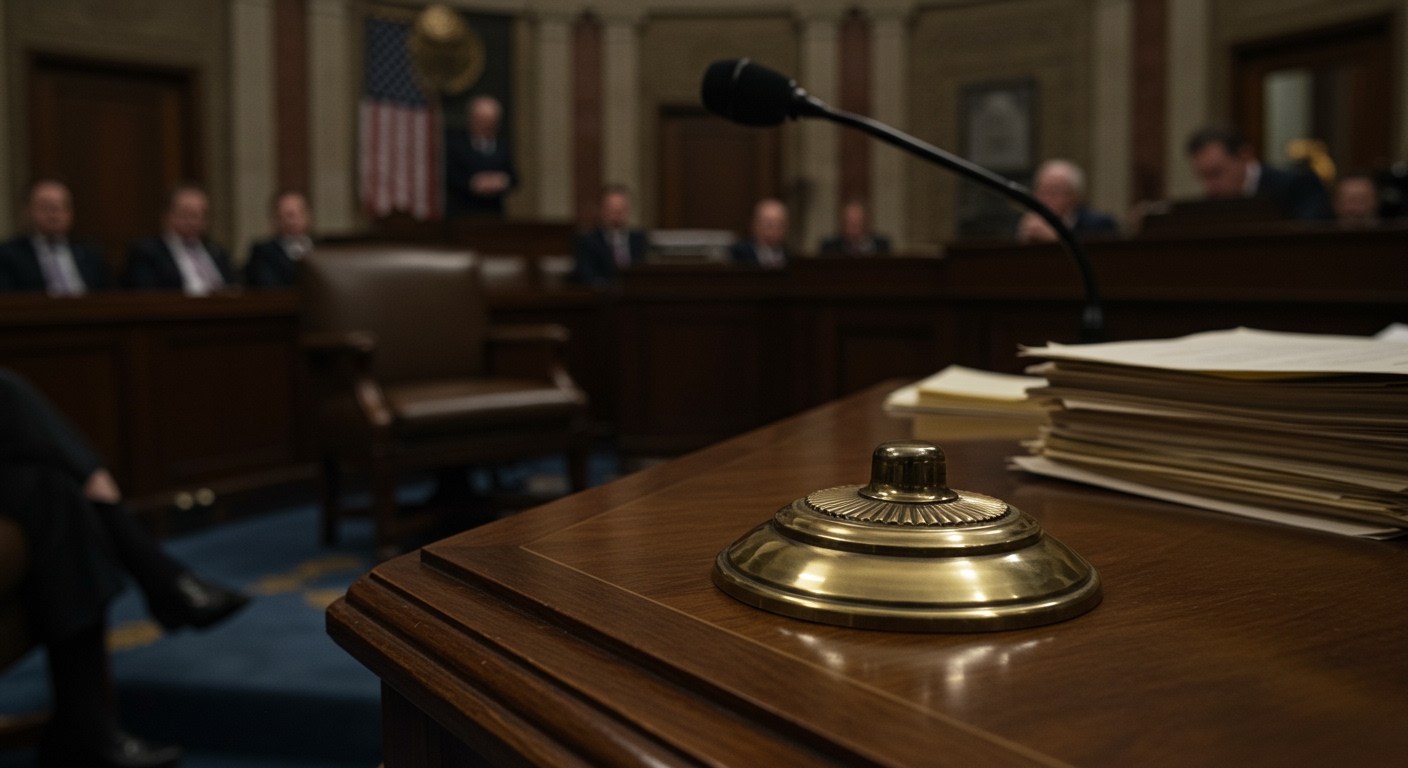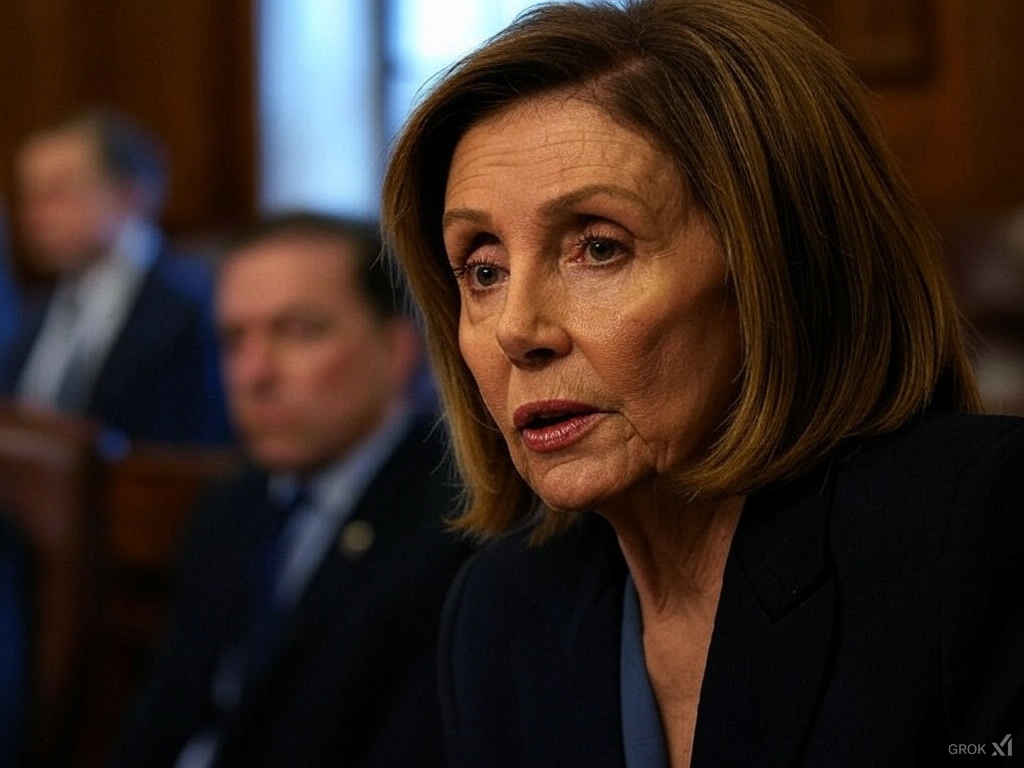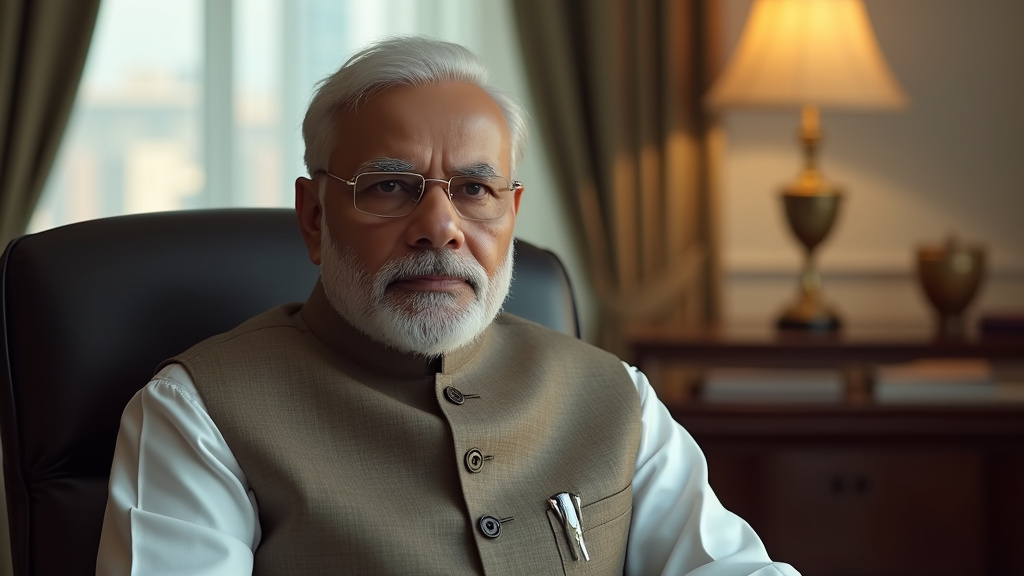WASHINGTON D.C. – United States President Donald Trump welcomed Israeli Prime Minister Benjamin Netanyahu to The White House on Monday, July 7, 2025, for high-level talks set against a backdrop of intensifying diplomacy aimed at halting hostilities in Gaza.
Gaza Ceasefire Prospects on the Agenda
A central focus of the extensive discussions between the two leaders was a potential ceasefire in the Gaza Strip. Reports circulating ahead of and during the meeting indicated that parties involved in negotiations, including both Hamas and Israel, were reportedly nearing an agreement on a specific plan: a 60-day ceasefire. This development underscores the urgent efforts by regional and international actors to achieve a de-escalation in the prolonged conflict.
Navigating Post-Conflict Challenges
While the prospect of a near-term truce offered a glimmer of hope, sources familiar with the discussions acknowledged significant hurdles remain. A key challenge lies in reaching consensus on the arrangements and political future for the period following any potential ceasefire. Deep disagreements persist regarding the long-term vision for the region, particularly concerning the establishment of an independent Palestinian state. Israeli Prime Minister Netanyahu has publicly opposed the concept of a two-state solution, advocating instead for the full elimination of Hamas as a governing and military force in Gaza. Reconciling these fundamentally opposing views represents a substantial obstacle to crafting a durable peace arrangement.
Broader Regional and Diplomatic Efforts
Beyond the immediate ceasefire, the conversation at The White House also touched upon broader strategic initiatives spearheaded by the United States. President Trump indicated that the United States had scheduled separate talks with Iran, signaling ongoing diplomatic engagement on multiple fronts in the Middle East. Furthermore, President Trump mentioned progress on a controversial effort concerning the relocation of Palestinians out of Gaza. While details of this specific initiative remain limited, the White House statement indicating progress on this effort highlights a significant, albeit sensitive, aspect of the administration’s approach to the humanitarian crisis in the enclave.
Prime Minister Netanyahu reportedly affirmed the cooperative nature of these diplomatic endeavors, stating that the United States and Israel were actively working with other countries on the multifaceted issues discussed during the summit.
The Path Forward
The meeting between President Trump and Prime Minister Netanyahu underscores the complex and interconnected challenges facing policymakers in the Middle East. While reported progress towards a potential 60-day ceasefire in Gaza offers a potential reprieve from violence, the fundamental disagreements over the post-ceasefire future, particularly regarding the two-state solution and the fate of Hamas, highlight the difficult road ahead for achieving lasting stability. The concurrent discussions regarding Iran and the controversial relocation effort further illustrate the breadth of issues being addressed as the United States and Israel, alongside international partners, navigate the volatile regional landscape.














